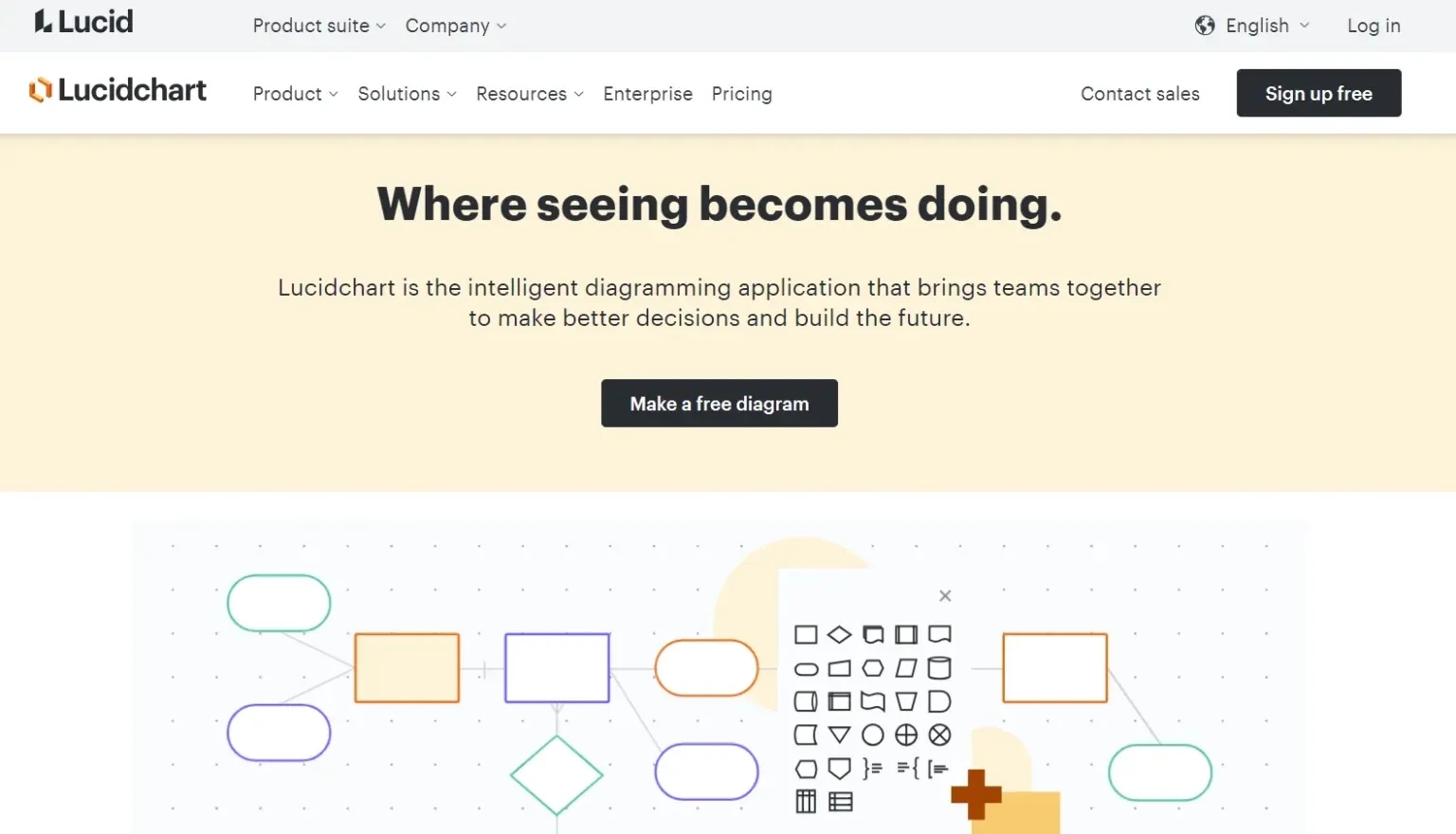The power of focus – One brand, one audience.
The power of focus. One brand, one audience. Get to work.

Shiny object syndrome is going wide on multiple projects instead of going deep on a single business idea. It’s easy to proclaim the virtues of focus, but focusing on one thing is quite challenging, particularly when you have multiple ideas and projects that are working to some degree.
In reality, these "good ideas" are the sacrifice you need to make. To actually say no to a business idea that is a good idea (and probably highly profitable) in order to focus in on a single business idea and bring it to scale.
Focusing on too many things at once is something I’ve struggled with, so I’m going to explain how I handle it in my own business so I can focus on making the main thing the main thing that pays the bills and allows me to pursue my lifestyle of freedom and choice.
First, it’s easier to scale than start from scratch
Starting is easy; that’s the trick of shiny object syndrome plays to lure you in. Starting something is simple and you feel like you're making progress because of that dopamine hit, but getting that thing you're working on to a breakthrough point is hard.
Once past the breakthrough point, scaling to new levels is much easier the stopping and starting over with something new. This is why you need to focus on one thing, bring it to its breakthrough point, and eventually scale it.
The end benefit will be that you build an online business and a sustainable online income that you can rely on.
What is easier to do? One thing or three things?
One thing - duh.
I’ve found that managing multiple brands simultaneously makes the idea of multitasking a colossal mistake. Single-tasking is where it is at; even better? Focusing on one thing long term.
You are better off focusing on one business idea and going all in. Your time is a resource; you can allocate only so much of it to what needs to be done. If you spread yourself too thin, you’ll never scale that winning idea to the level it could be.
Instead of having four websites, each with 100 blog posts, it's much better to have one website with 400 blog posts because you'll have a much better change of having topical authority which results in more traffic. It's also not just 4x increase in traffic too, it's usually 10x or more.
This is why you don't see a food vlogger creating and promoting a personal finance website. For the food vlogger, it makes more sense to scale. Start a new food review channel for a specific country, or build out a website on food.
Going all in does not mean limiting your awareness channels to just one thing, it just means doing more of what works through scaling your content across the channels where you can get in front of your audience.
How to prevent shiny object syndrome in an age of distraction
If you’re overwhelming yourself with too many things to do, with that little voice in your head saying, “Stop, focus on the main thing,” here is what I’ve found to be incredibly helpful with keeping yourself on track when pursuing a business idea.
Step 1: Clearly define your goals
What are you trying to accomplish, what do you want to achieve long term, and who do you need to become? You need to be very clear on this as it will influence how you act and what your expectations are.
For some, it’s creating a lean, solopreneur lifestyle business where they’re making 30K a month and can travel. Others may be to build a large e-commerce website with an extensive team or a consulting agency where they do high ticket closing calls.
Clearly defining your goals helps establish in your mind what actions are a priority and need to be done to lay the framework to turn that idea and goal into a reality.
I wanted to build a lifestyle business of 1-3 people that was high margin, making $50-100K a month minimum and would allow me to live abroad on my terms. I'm not interested in building out a massive team with a big office as that is not in line with what I want.
I do want to be a multi-millionaire, but I'm good with having 3-10 million to my name and being a wealthy, but minimalistic expat who can enjoy the good life. I have no desire to be worth 100 million, to be famous, or flashy.
Ever since I was 20 something, I just wanted to be that low key, flying under the radar type guy who has wealth but you wouldn't know it.
It just comes down to being clear on what you want long term. What I want is probaly not what you want.
Step 2: Create a flow chart to prioritize tasks

Lucidchart.com is one of the most popular flow chart software options available; you could also use a tablet and draw various diagrams yourself; I’ve used both my tablet and prefer Lucid Chart for this task.
The critical takeaway from designing a flow chart is to break down your various projects, income, and growth potential:
- What projects are you working on?
- Where is your money coming from?
- What are the pieces of each project?
- What business idea is showing growth?
The goal of doing a flow chart is for it to become painfully obvious where your income comes from. Even if you’re still at the stage where you are starting, it should be clear what one project/business idea has the most potential growth.
I have my “full stack” content marketing business, which is this website, YouTube channel that is under my name, email list, and paid products.
Then I have a niche website in the ESL space I maintain, and finally, a personal travel blog and vlog. Breaking these projects into a flow chart made it crystal clear that my primary, professional brand should warrant 90% of my attention.
10% should go to my teaching website, and my personal vlog and blog should only be a hobby that fits into the cracks of time at best. What I've found is to work on Edge of David and my niche site once every 10 days.
Creating a flow chart helps give you high-level clarity on what is working and what you should focus on. I should be managing and creating content daily for this website and associated YouTube channel, not wasting my valuable time editing some travel vlog I made with an action camera that won’t move the proverbial needle for my business.
Step 3: Use a calendar app and practice time management
After you have established a flowchart and it’s clear how you should allocate your time, set your time in a calendar app of what you will work on when. I find this helpful because it allows me to minimize my thoughts on any shiny object that comes my way, including my hobby of travel.
This is also why individuals sell websites because even if a website is fairly passive, you’ll still need to dedicate time and mindshare that you could use on something else.
My calendar app strategy for shiny object syndrome
Once every ten days, I check in on my niche website and maintain it. I do this on the 10th, 20th and 30th of the month. It makes enough money to warrant attention and is a valuable case study in my paid courses at Website Creative Pro.
But not enough money anymore where I should be applying substantial resources to scale the content and make more money from ads or affiliate marketing. Those resources are better spent here on DavidUtke.com.
I’ve found that once every ten days is a reasonable time commitment to the site. I log in, update the content and plugins as needed, and maybe write new content. I end up spending roughly 30 minutes to 2 hours max on the site.
Once done, I log out and don’t think about this site again until another ten days (which is the whole point, to get it off my mind and to stop thinking about it and thus being distracted by it.
My vlog and blog finally are a hobby that make $2 a day combined. I don’t have the time or the effort to grow and scale this, as such I don’t touch this hobby project until I’ve created at least three new YouTube videos for my professional brand.
Once I’ve done the work for my main thing, then and only then do I allow myself time to work on my hobby for a bit and only on the 10th, 20th or 30th of the month.
Step 4: Reflect on potential consequences. What is the opportunity cost of misallocating your time?
Last is to write out the opportunity cost of misallocating your time. Imagine the type of business and life you could have but don’t because you decided to spread yourself thin on multiple tasks.
Imagine what life would be like if you were making 20k a month. The kind of money you could invest and save. The things you could do but can't because you did'nt scale what you're doing up and are instead stuck in the same place doing the same damn thing.
While it is good to have goals to work towards and build, sometimes having something to run away from is more helpful in keeping you focused.
Step 5: Practice self-awareness and say no
Be mindful of your tendencies and recognize when you’re drawn toward distractions. Acknowledge that shiny objects may be tempting, but remember your goals and focus on what truly matters.
- Yes, you can build multiple, faceless YouTube channels. That business idea works if you can dial in the outsourcing process.
- Building and manage multiple niche websites with a team of writers is another classic option.
- Become an influencer and building a popular personal brand on YouTube with a website is also an option.
- You can build out a consulting agency, an online store or offer a wide array of SAAS products.
What you can’t do is two or three of the above at the same time as you do no have enough time, energy and focus to build out and scale each business idea to optimal fruition.
The power of focus – one brand, one audience
While it sounds impressive to be an entrepreneur with four businesses, a best-selling book, an angel investor, and the creator of the latest and greatest crypto project. In reality, having a singular focus is the best strategy.
Whatever business model you choose to pursue, focus on growing and scaling that and only that. One brand, one audience. That may mean at some point adding on an email list, a YouTube channel, a specific social media account and whatnot.
But everything should work together to build one another; as opposed to starting and pursuing a totally random business idea like running a camping website then starting a podcast on investing.
It comes down to focus, focus on one thing and make the main thing, the main thing.
A focused fool can accomplish more than a distracted genius.
— Alex Hormozi (@AlexHormozi) October 20, 2022
330AM. Tuesday. Pound it back with a like if your at it.
— Alex Becker 🍊🏆🥇 (@ZssBecker) October 4, 2023
The Only Defense From The "Matrix" 🤓
It does not matter WHAT is happening in the world. The goverment. Politics. Culture. Etc.
Why? BECAUSE NO MATTER WHAT if you do not have wealth, you have no defense.
Think about… pic.twitter.com/0IEWEbfDid